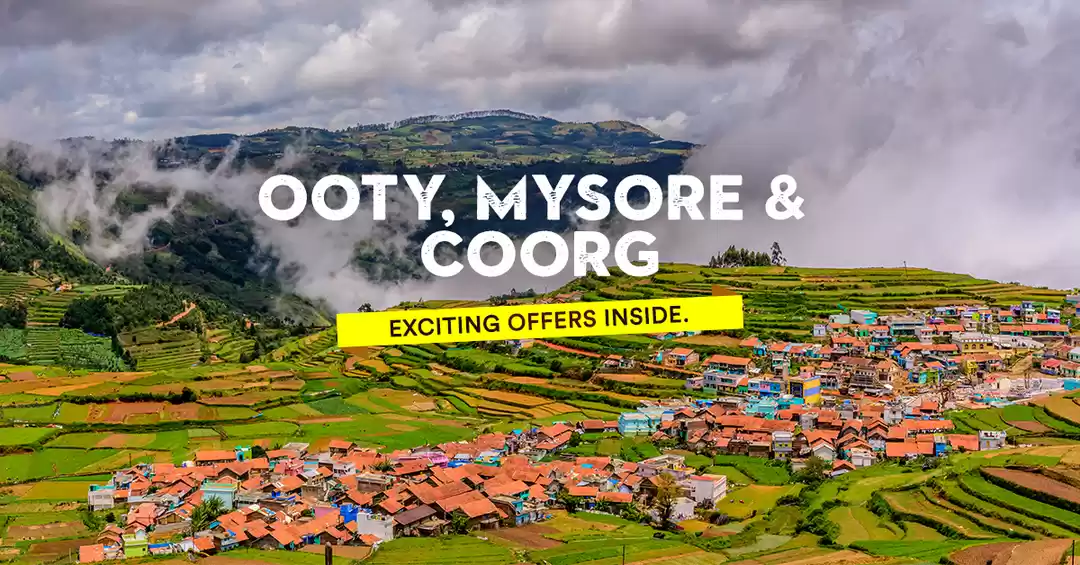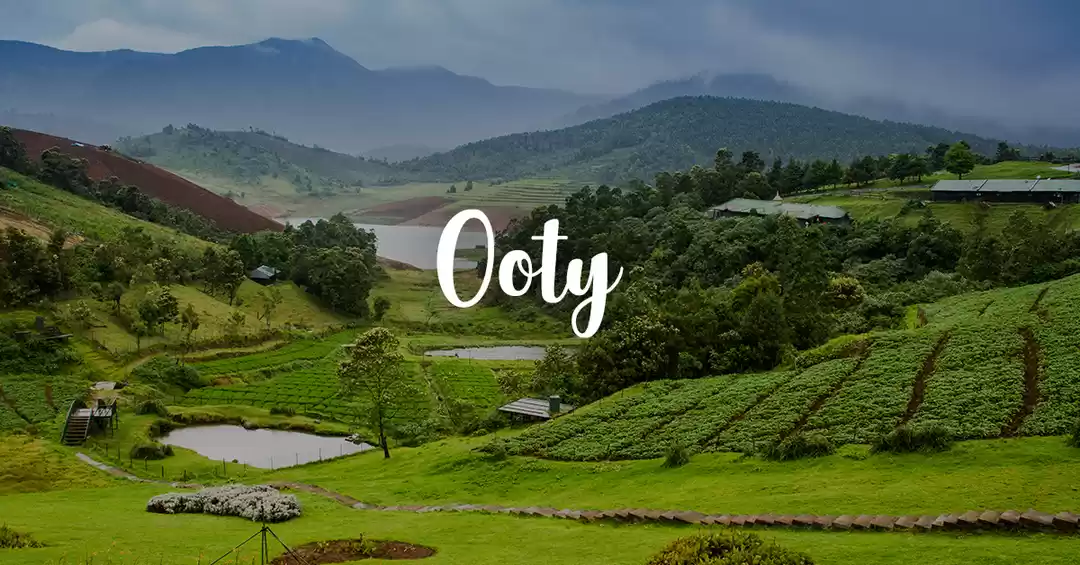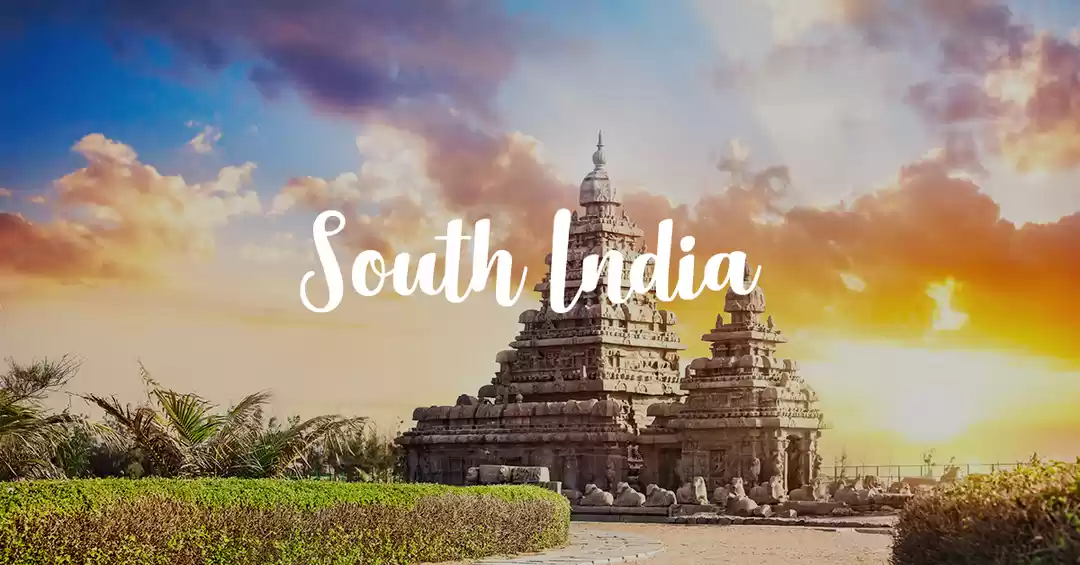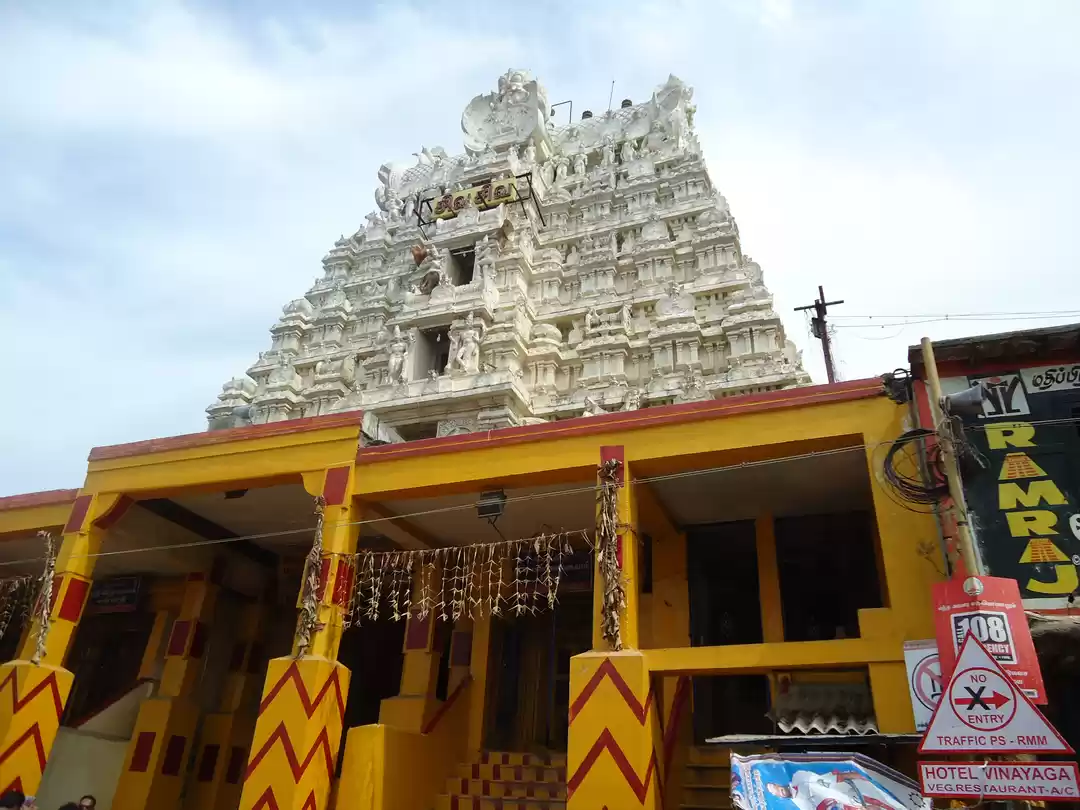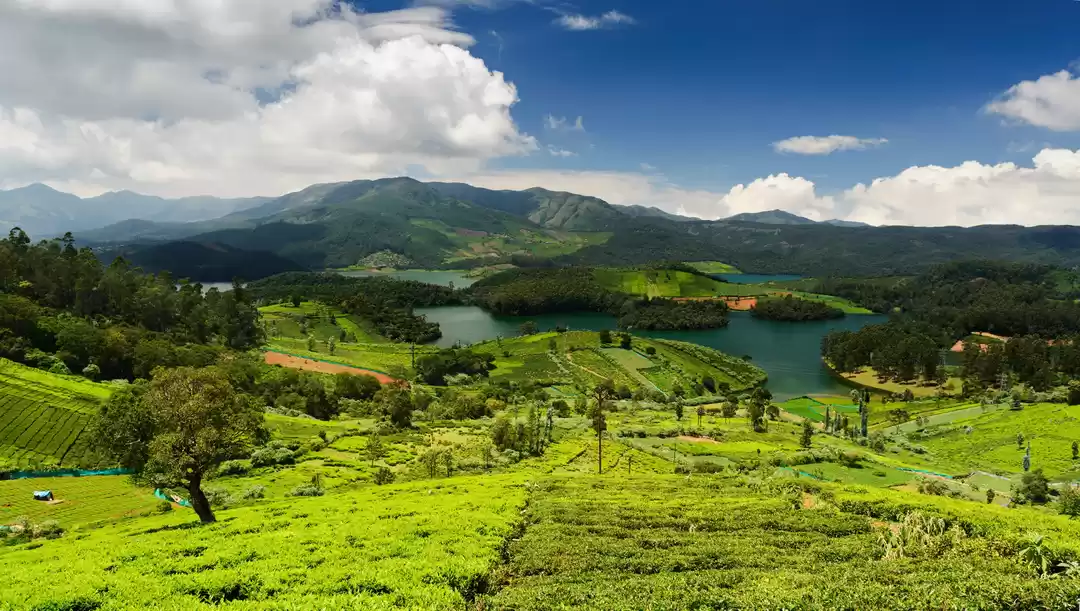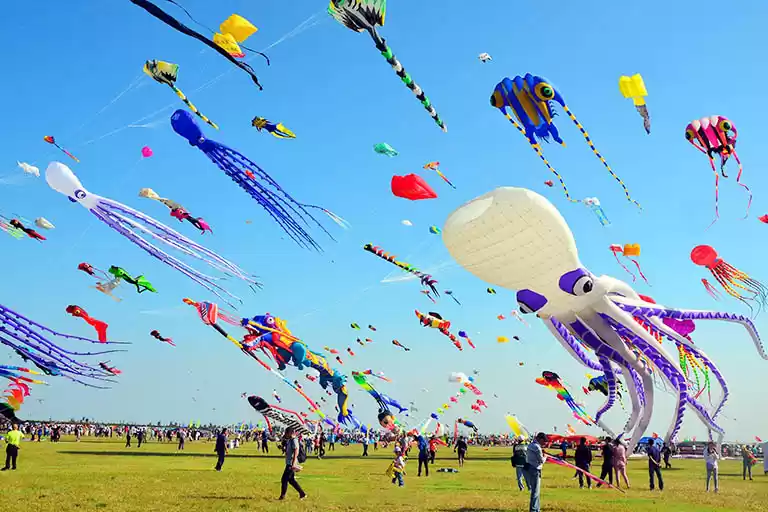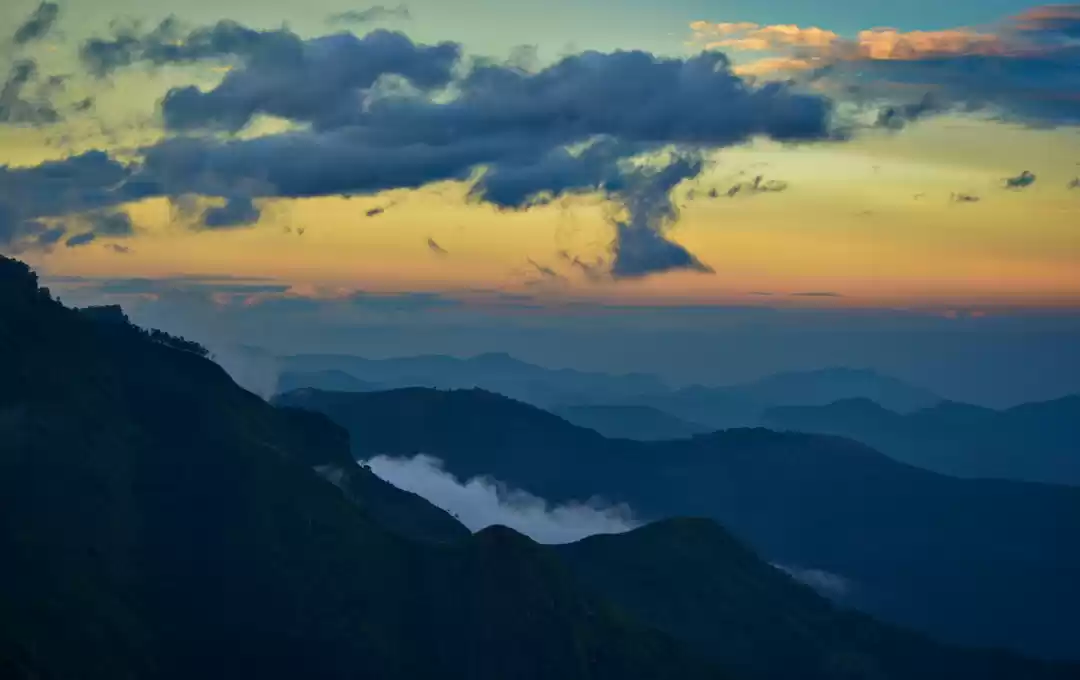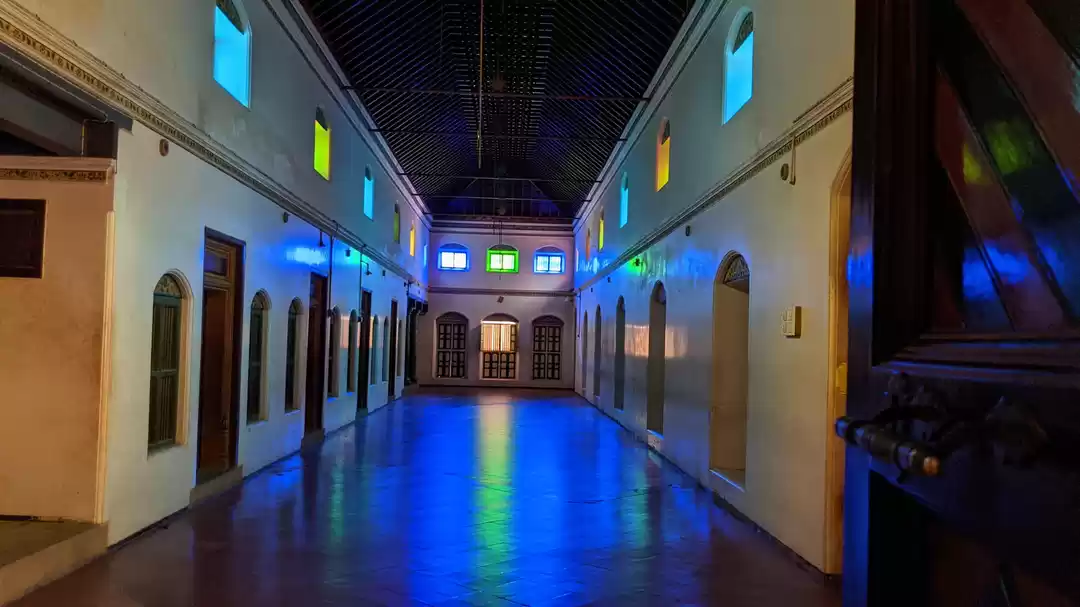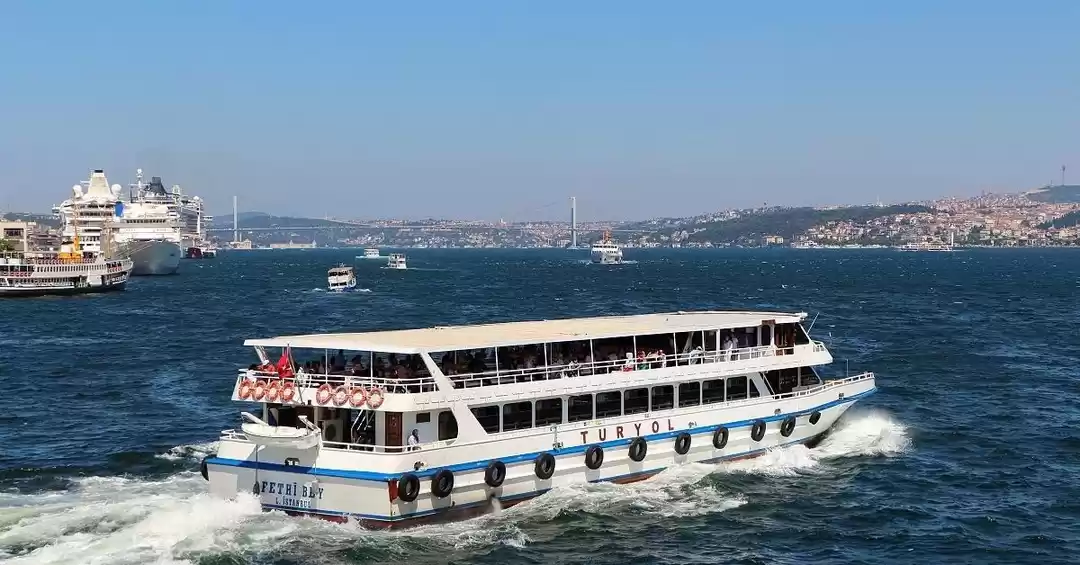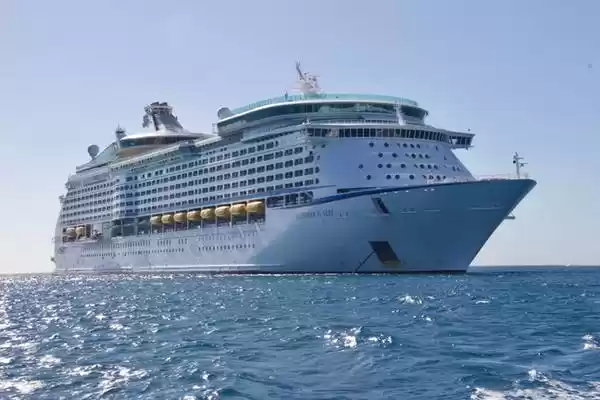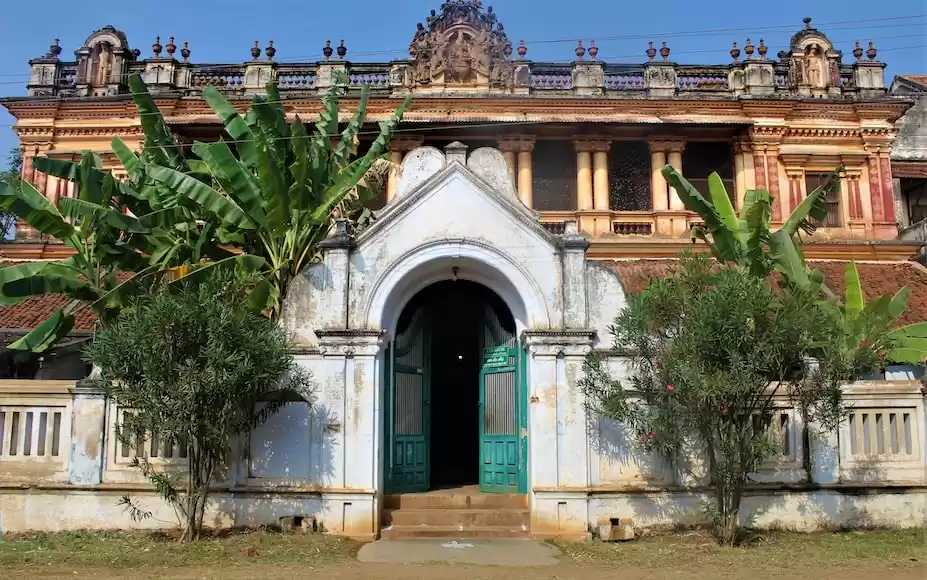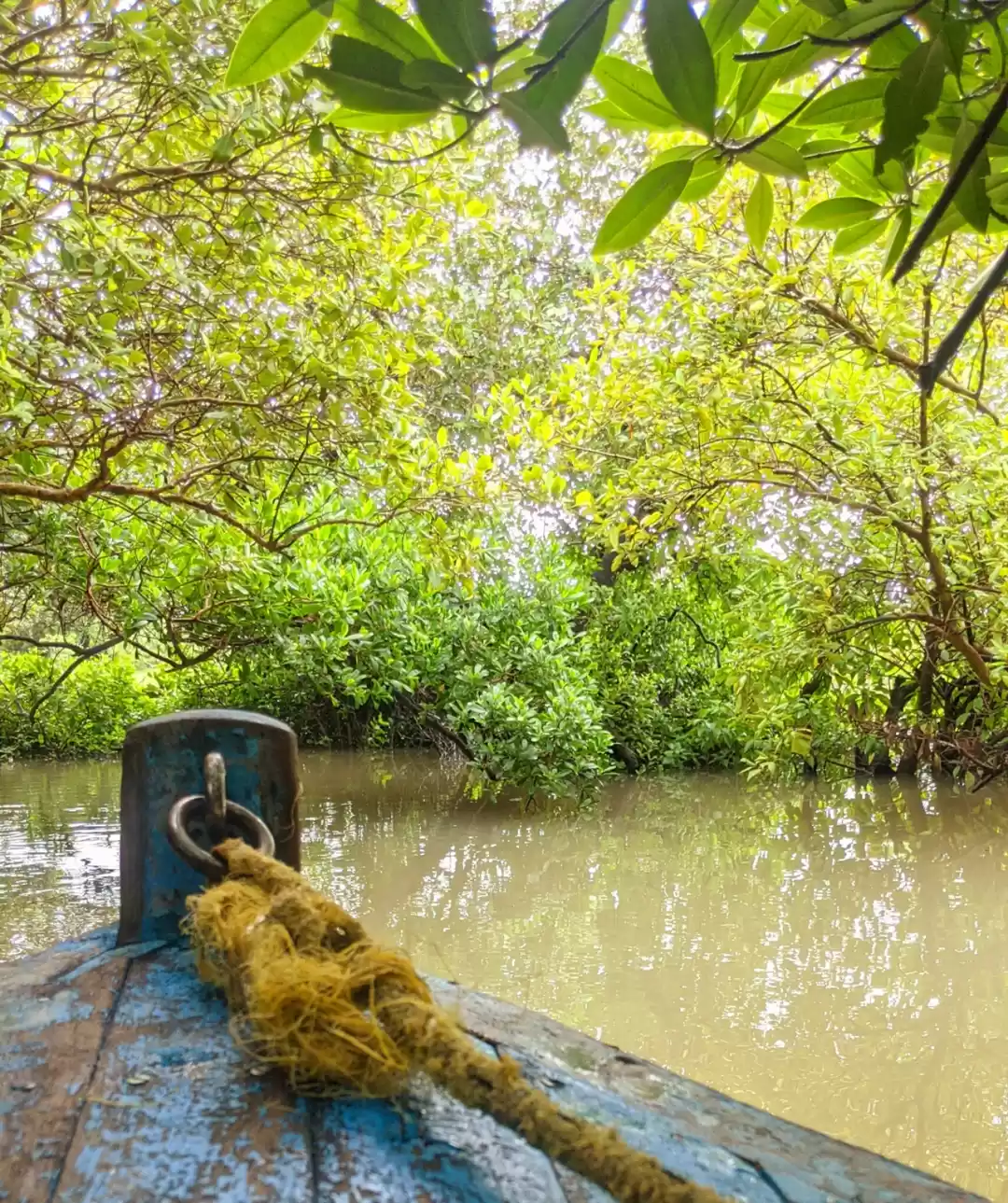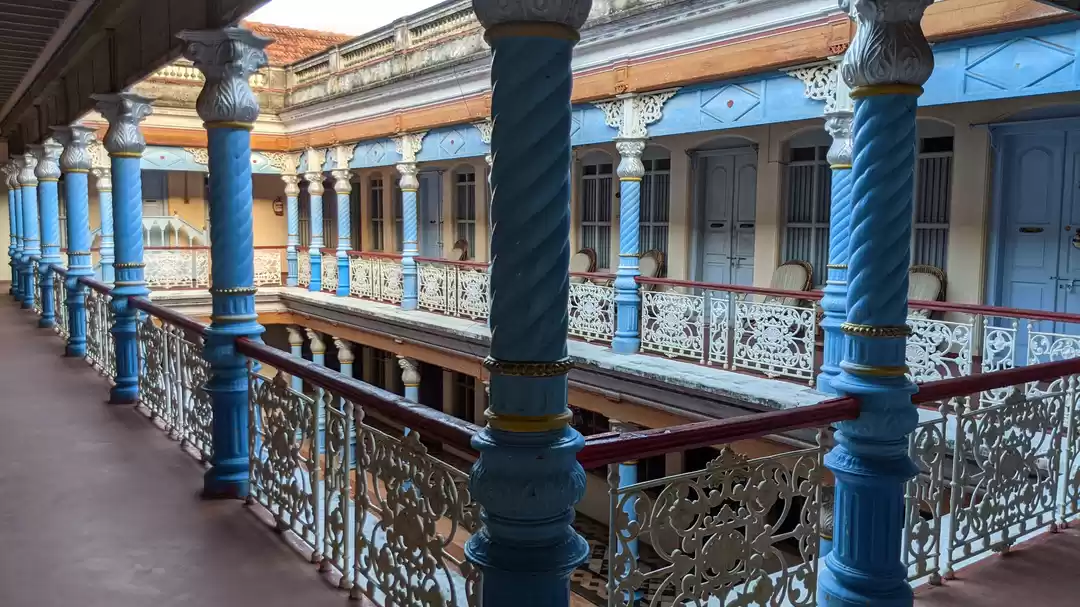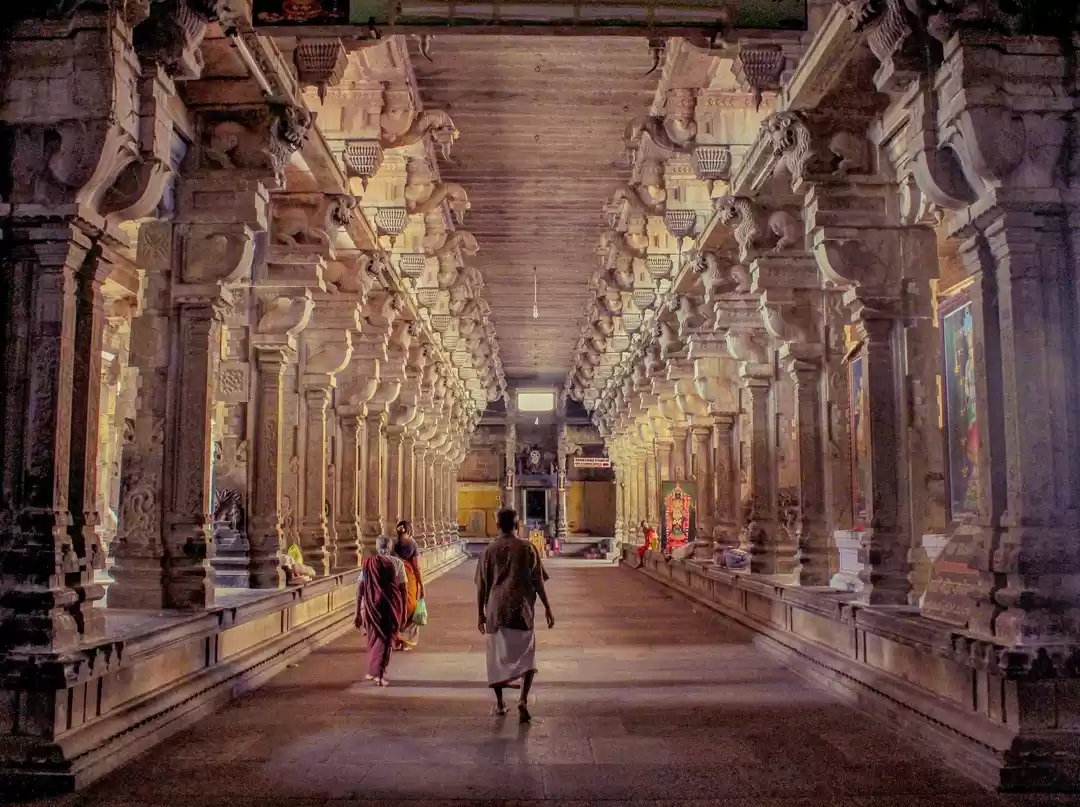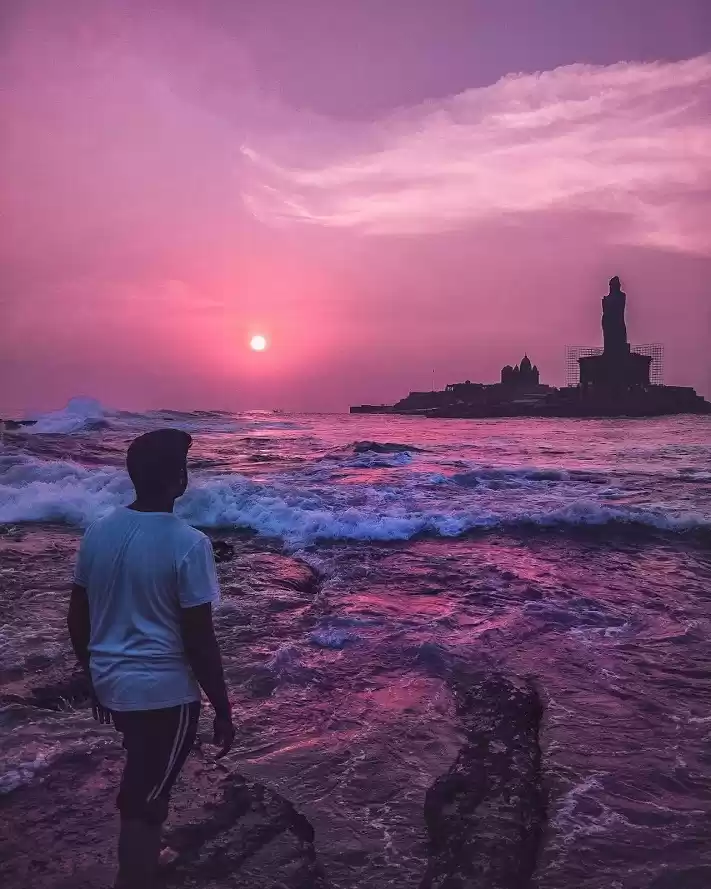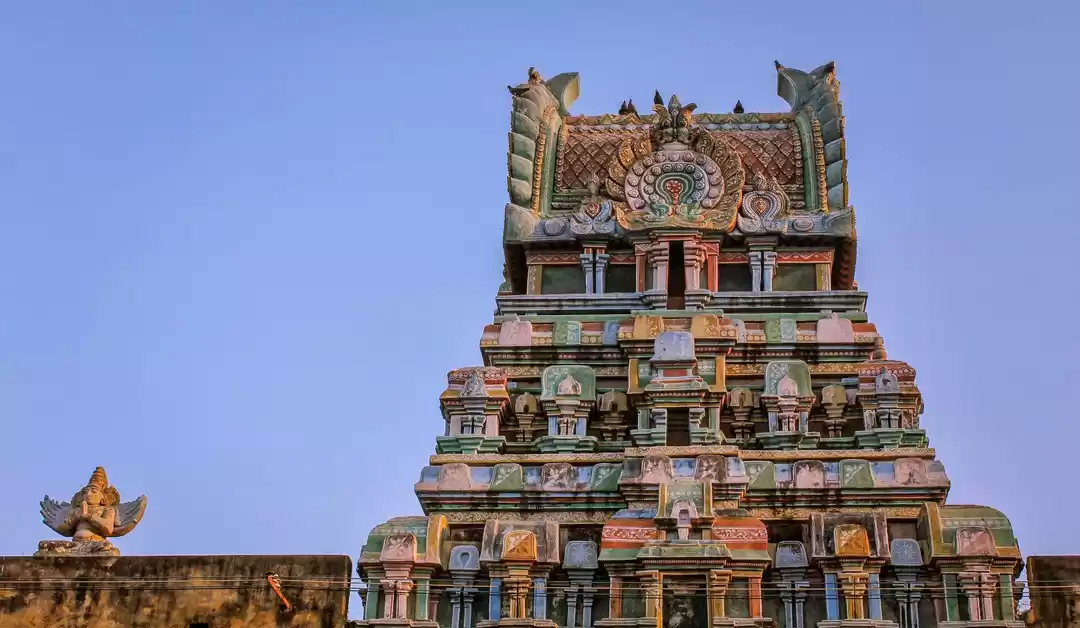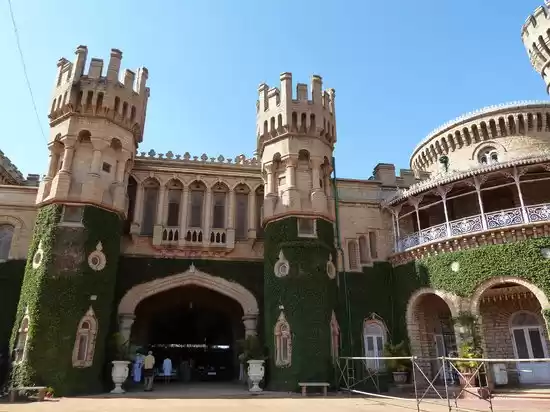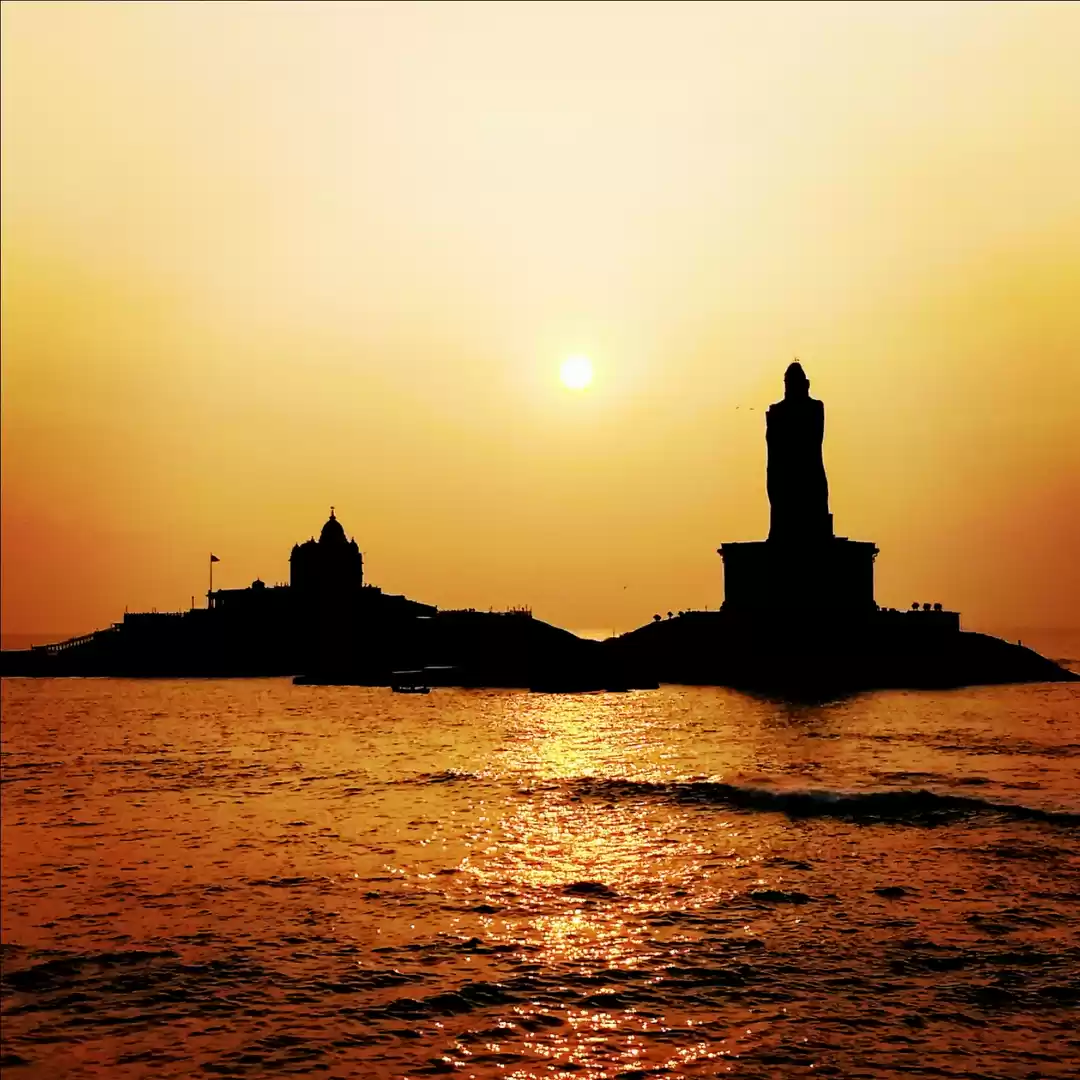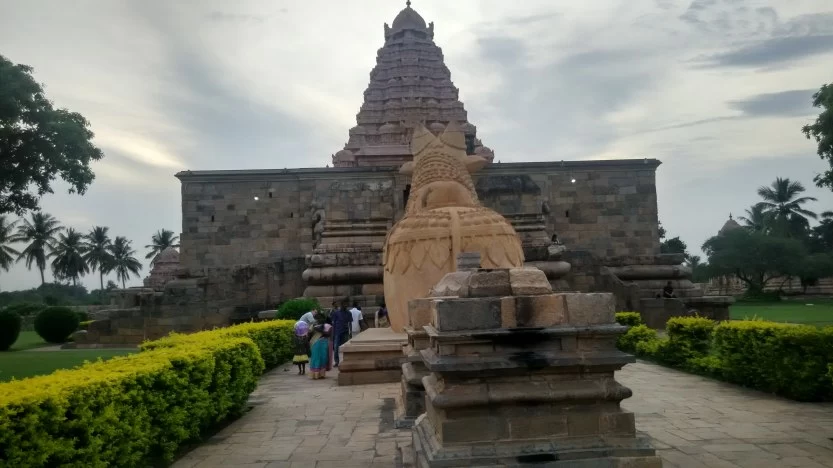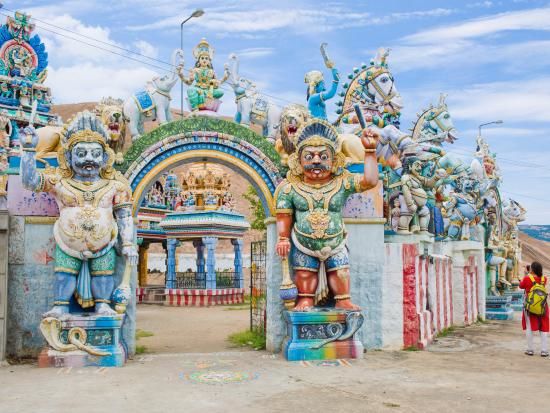
Day 5 - Tanjore

We leave Tanjore in the morning and head to Trichy. We cannot avoid stopping in front of the fort to take some photos and also the main temple of the city that at that time look golden with the first rays of the sun.
But it is in the afternoon on our return from Trichy when we stop to see the monuments of this city. First of all we approach the Tanjore royal palace and the first sensation is not very good. We are facing what must have been a magnificent building that today is in a state of decadence. We walked around to get into a belfry from which the views are supposed to be very good. But the only thing we saw that was worthwhile was the vimana tower of the museum. It was hot, and there were many couples and it was all very dirty. so we went down after taking a photo to visit the museum.
We had to pay for the entry and endure the inconvenience of visiting the place between painters and scaffolding. The collection of the Tanjore museum is made up of stone and bronze sculptures. They are quite beautiful and all exhibited in glass cases, and above them is the tower that we had seen and photographed. We did not hesitate to climb to take advantage of the entrance. The truth is that we did not see anything interesting either by its windows or inside, except for a whale skeleton that we did not understand what it was doing there, in the middle of nowhere.
The truth is that it was a rather uninspiring visit. We decided to leave the latter's visit for the best occasion and go to the temple before it got dark. The entrance to the Brihadishwara temple is free. At the time of our arrival it seemed that all the people of Tanjore had gone for a walk there and then sit on the lawn around it.
After taking off our shoes and crossing the second door and passing under its gopuram we find the elephant who spends the day blessing visitors with his trunk. The first thing we saw upon entering the large courtyard surrounding the temple was a structure with columns and roof that houses a large statue of Nandi. So there was no doubt already to whom the temple was dedicated.
So we approached and found ourselves surrounded by ones who barely paid attention to our presence. People carried coconuts, flowers and other offerings in their hands. In the middle of that tumult we entered the dark heart of the World Heritage temple and reached the place where the priests wait for the devotees. They take the offerings and sprinkle in return with water. We then left on the side with a feeling of not having seen anything other than many people. But, we were there and we felt the religious fervor of these people.
The building was very similar to the one we had visited the previous day in Gangaikondacholapuram but in this case with larger size and also a more sober decoration. During the walk outside we met many people, some with the appearance of having gone there on a pilgrimage. There were others simply to pray, and many to enjoy the light freshness that the open space and the garden offered at that time in comparison with the oppressive city.
What was clear was that we were more interesting than the temple, because they all wanted to take pictures of us, either with their camera, cell phone or simply pose to appear in a photo of our camera. As it grew darker, I observed that the temple, instead of getting empty, was filling up. So I delayed my farewell while waiting for some surprise.
There was a stereo with music playing and I relaxed on the lawn watching the place and the crowd. The surprise was immediate. A couple of girls started dancing on a stage. The audience sat around the stage in a relaxed atmosphere. The type of dance they performed is called bharathanatyam and is typical of southern India. Late at night, the girls' performance ended and that's when the show really started. People began to wash the Nandi with milk and water. They also threw flowers. The people around seemed ecstatic. In turn, hundreds of devotees sang around me and embraced in the heated environment. It was a whole show that I did not even foresee. These are one of those surprises that impromptu trips bring you.
Shortly before nightfall we were tired and it was hot. So we appreciated having a car at our disposal. That night we decided to have dinner at the restaurant inside our hotel. We did not want to go on an adventure in a city that seems to have little to offer. So after a great shower we went up to dinner and finished the day with a cold beer on the terrace of the hotel. We come back to sleep, as next day the adventure continued.
Day 6 - Trichy
We slept great. As promised at first glance, the hotel bed was super comfortable. So we rested and after breakfast we left to visit Trichy (the abbreviated name of Tiruchirappalli). We passed by the temple and Tanjore Fort. At that time they were so golden and beautiful with the first sun of the morning hour that we cannot help but stop to take some pictures before continuing the trip.
After an hour and a half we arrive at Trichy, the city located in the geographical center of Tamil Nadu. The first intention was to see the city by going up to the Tiruchirapalli Rock Fort temple. Already at that time of the morning it was so hot that we decided to settle for the view from the car, since we have to walk up to it. On the way to the "star" temple of the city we also passed through a church that caught our attention in the middle of a city as "Indian" as Trichy.
The first temple we visited was Srirangam and I would dare to say that it is the king of temples here. It is dedicated to Vishnu, and is the largest temple in all of India. When we start visiting, the truth is that we have the feeling of being in a city. We cross doors (gopurams) that open on each of the seven walls that surround the temple. In that space between wall and wall there are markets, kitchens, and stores selling offerings. Finally we reach the door of the fourth wall and it was there that we had to leave our shoes and pay the amount for carrying a camera. After crossing the gopuram of that wall we find merchants, beggars, pilgrims, and priests. Everyone sit in the shade, rest or chat. It is right in that area where we buy a ticket to climb the wall and see the temple from top. It was worth seeing the place from that other perspective.
Just at that moment we were approached by a cordial and kind man who tried to convince us that without a guide we would not be able to see anything. If we hired him we could enter everywhere. Fortunately, the traveler knows more about travel than about anything else. We said no, but he insisted so much that in the end we turned around and left without more.
We toured our entire complex that is really huge and is full of doors, small temples, rooms of columns, and patios. It was an entertaining and enriching morning. We enjoyed one of the most incredible temples one can imagine.
In the city we also visit one of the five elementary temples of Shiva, the Sri Jambukeshwara. It is dedicated to Shiva, and Parvati and has a aquatic environment. It is much smaller and less impressive than the one we visited previously.
In this temple as in many others they had a small elephant that for a few rupees blessed with a blow of the trunk over the head. We joined the people who waited for the elephant's gesture and we left there with a blessing that never seems to hurt in India. We walked through the temple among priests and flower sellers. We enjoy walking barefoot in this case because everything was covered and the ground was cool compared to the heat we felt in the body.
And with that our journey through Trichy and its magnificent temples ended. After shuffling different options, we decided that it is best to change the initial route and divert to Chettinad, a region south of Tanjore.
The road does not offer much to see, except for green rice fields that almost always reach as far as the eye can see. We even go through many villages or see many people like in other parts of India walking on the roads who knows where to go.
After almost three hours in the car, we arrived in the region of Chettinad and entered an orderly town in which we barely crossed paths with anyone. But what are we going to find in this place? As in the villages of the Shekhawati region of Rajasthan, where the wealthy families built colorful havelis, the region of Chettinad is known for its mansions. Its patios and spacious rooms are decorated with marble and teak wood imported from Italy and Myanmar.
These mansions are now closed in many cases. Some have been converted into hotels and others can be visited giving a few rupees to people who are responsible for keeping them clean and orderly while the owners live and work in large cities.
When we went out and started walking, we found mansions closed that we had gone to see. We found some women drawing a kollam at the door of one of the houses. We went up a few meters and knocked on a door. An older couple opened the door. We went with them and saw patios, magnificent teak columns, and doors. The doors on two floors led to different rooms, the kitchen area, the toilet and so on until we reach the back door that was used by the service.
We went out and put on our shoes again and left the house to visit the other mansion they had told us on the same street. In that case the door was open and as we did not see anyone to ask, we entered the first room where it was great. It was very cool and totally decorated. We were a little curious. We looked out at the courtyards and saw people cleaning. They made us a gesture so that we happened to see the patios, and we did not doubt it twice.
We got into the car and go to what was the City Palace and went down to ask if the visit was possible, but the answer was negative. We left Chettinad after visiting the mansions to Madurai, one of the most well-known cities in South India.
We were surprised by the chaos and noise in the streets. The feeling is similar to that in other large cities in northern India where the streets are full of cars honking and people come and go in all directions.
We then went by car to a hotel in a mansion and they let us in without problems. Our hotel, is a little away from the center and is quiet because it is in the middle of gardens away from the road. We do the check-in and they accompany us to our room. The venue is quite large and has electric cars to carry luggage and passengers who need it.
It was the best of the place with its colors and the bright patios. We do not know what the rooms would look like, but the dining room and the reception area were quite decadent and outdated, although with a certain charm. At that moment it was incredibly humid. We decided that it would be our home for the night.
That night we go to dinner on the roof of the hotel. It had a wide menu with all kinds of Indian dishes, a lively atmosphere with natives and tourists. Above all, there is a wide view of the city with the star of the city illuminated in the background: the Sri Meenakshi temple. Despite the heat in the city, there was a little breeze that made the dinner even more enjoyable.
We go back to the hotel in a rickshaw. Once at the hotel after a good shower, and a little reading we go to sleep. That heat, at least to me, is one of the things that exhaust me the most.
Day 7 - Madurai
The buffet breakfast of the hotel is varied. After tasting a bit of everything and animating the body with coffee and tea, we go back into the chaos of the city. We move towards the Meenakshi Amman temple of the fish-eyed goddess. It is one of the most important in South India.
The square in which it is located is accessible only by foot. Once in it we leave our shoes in the lockers prepared for it and access barefoot to the temple. We pass under one of the four large gopurams full of colorful sculptures that connect the street with the sacred site.
Once inside the enclosure and although it is early we already meet who come and go with offerings. We settle for the view from the outside of the majority of the enclosure. The truth is that the temple is so large and has so much to offer that we know we have much to do and see in this place.
We began the visit to the Madurai temple turning to our right and found a space covered with columns under which we saw people with their offerings receiving the tikka from priests. Right there is an elephant decorated as in many other temples of Tamil Nadu. A few rupees or some bananas seemed enough to receive a blessing and there we were, having the opportunity again of a blessing.
Then we enter the dark and covered part of the temple. We find ourselves surrounded by the most spiritual environment that anyone can imagine. There were sculptures of deities, flowers, incense, candles, offerings, and devotees. The entire temple conveyed that feeling of a special place to which everyone who goes does it with that special passion of those who believe in something superior. Probably because of the amount of people in the Meenakshi temple that feeling of spirituality was greater than in other places.
This temple is immense and magnificent, full of recesses and doors (many of which we could not cross). There were long corridors covered with roofs full of color that support tall columns decorated with sculptures. It is a world of lights and shadows. The most absolute darkness sometimes disappears when a door or window is pierced by the strong light from the outside. To me it is difficult for me to lose my orientation in this and other temples of this area of India. I lost it completely as absorbed as I was in everything that happened around me.
We toured the entire covered area of the temple and I would say that twice. We never knew whether we had already gone somewhere or not, until finally we found something that we thought was a kind of way out and we headed towards it. A little further, was the light. We still see columns, but now placed as a cloister is concerned. In the center, there is a large pond. We pass around to see several of the magnificent and profusely decorated temple gopurams.
In this area we also saw some walls with delicate paintings, and once again devotees went from here to there carrying flowers or lighting candles. The last thing we visited in the temple was the museum, located in the room of a thousand columns. The truth is that we really liked the museum, and its sculptures placed between the fantastic columns.
As we left the museum, instead of going back to the door through which we had entered the temple, we left by another one. Here there were lots of fruit stalls, offerings, flowers, incense and a figure of Nandi, before which many people stopped to pray. We had to walk then barefoot down the street to the place where our shoes were. I think that those travel heights were already cured of horror and the same gave us. Also the area surrounding the temple is pedestrian as I said before and it was not as dirty as any other street in the city.
On the way to the car, we passed many shops, and in one of them we were invited to go up to the roof, promising unparalleled views of the temple. I encouraged myself and went to the store (where I greatly appreciated the air conditioning) and climbed the rooftop through plants full of crafts. And the truth is that the view was very good.
I could see six of the eight gopuram of the example, but I had just the sun in front. So I decided not to take any pictures (which would almost certainly go wrong). When the shop staff came down, he was determined to show me everything that was there. I declined his invitation to see every item that was there because he knew I was not going to buy.
Once in the car we headed to the Tirumalai Nayak Palace of Madurai. It must have been a magnificent building, because there is very little left of what was and is magnificent. You have to pay entrance and quite expensive considering what you can actually see inside. I do not think it's worth it, but of course, I've seen it and I can judge. The truth is that apart from the patio with huge columns, you can only visit what was the ballroom decorated with sculptures.
After the visit of the palace, and considering the heat that made in Madurai at that time, we decided that it was best to return to the hotel.
That afternoon we decided to treat ourselves and go for a beer at the hotel where we had read that the sunsets with Madurai in the background were especially nice. We were not lucky enough to see one, because in the middle of the afternoon the sky began to cover itself. It rained a little and the clouds decided not to leave the sky of the city.
Still, we kept our plan and went to the hotel on a hill outside the city. We did not see the sunset, but next to peacocks and monkeys in the trees we enjoy the calm of the place. As we found a very nice place, we decided to take the buffet dinner that the hotel had available to avoid the chaos of the city again in search of a place to dine that night.
In the evening we return to the temple, in which we knew that something happened every night. And it is that Shiva does not like to sleep alone, and every night he spends it with his beloved lady with fish eyes. We did not delay too much, because we knew that at the latest at nine o'clock we had to be inside the temple if we did not want to miss the procession that takes Shiva to Meenakshi's side each night. After taking a chai, I entered the great temple that is in the center of the city.
It was all dark and there was no one to ask so we walked to the temple until the first entrance we saw. The place at that moment was magical as it was illuminated slightly. Our steps were heard on the stones, but apart from that nothing indicated where the procession could be taking place. We walked until we began to hear voices and chants.
Through the door near the pond that we had seen that morning we found ourselves face to face with the god and his entourage. Many devotees, but also many tourists were eager to get a photo and not enjoy that special moment. At first I was quite surprised and curious. I went to see closely everything that happened.
Everything ended when the priests went through the door that would take the god to his goddess. At the end everyone goes back to their home or at the hotels to rest for the new thing that would bring us the next day.
Day 8 - Chennai
Once the breakfast is finished, the luggage is collected and the hotel is paid, we go to our next destination. We arrived in Chennai with the idea of resting a day after the long trip. However, the break had to wait a couple of days because we had to attend a wedding. The wedding was a cultural experience in itself.
Of course, food is not missing. In fact, the banquet is another of the characteristics of Indian weddings. There are no assigned seats or an hour to eat, especially since there are so many guests that we could not all sit down to eat at the same time. There is a room with long tables where you can approach whenever you are hungry and sit in the next free space. As is the tradition in South India, food is served on banana leaves.
We were exhausted and we did not have the strength to travel to Kanyakumari, the southern tip of India.
Frequent Searches Leading To This Page:-
chennai to thiruvannamalai tour package, chennai picnic places, places to visit in chennai near marina beach, crowne plaza chennai adyar park











